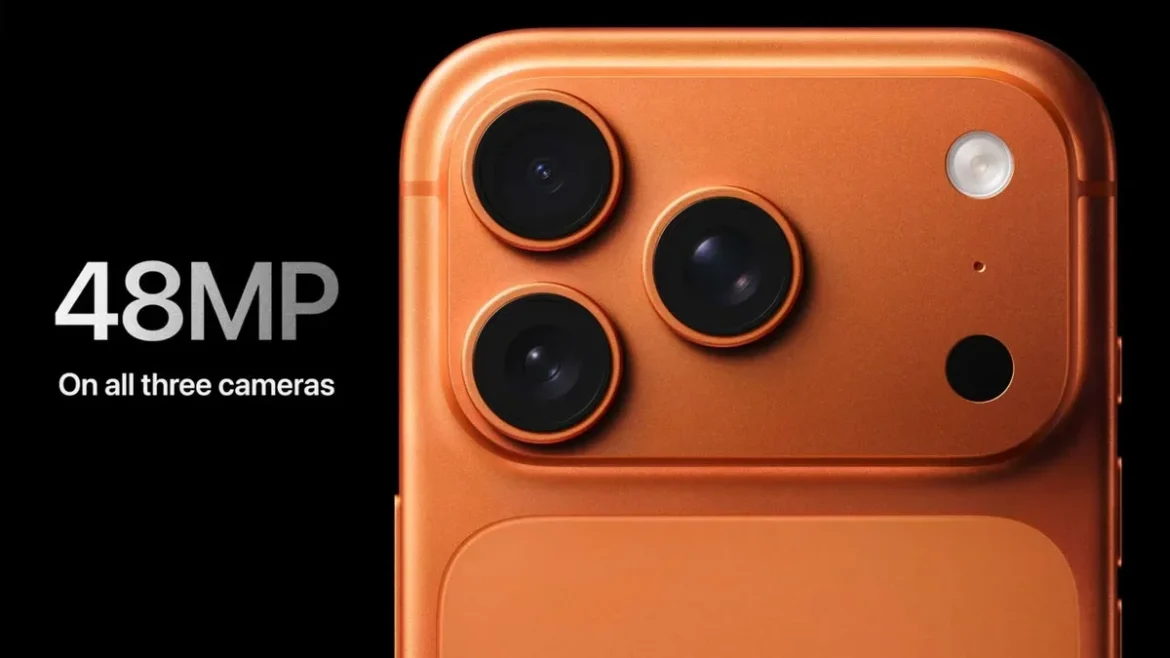Only time will tell if it’s going to be an iPhone that would make Steve Jobs proud, but until then, we have lots of room to speculate.
It’s crazy that we’re already getting rumors about it, yet, that’s precisely what’s happening:
What’s the story
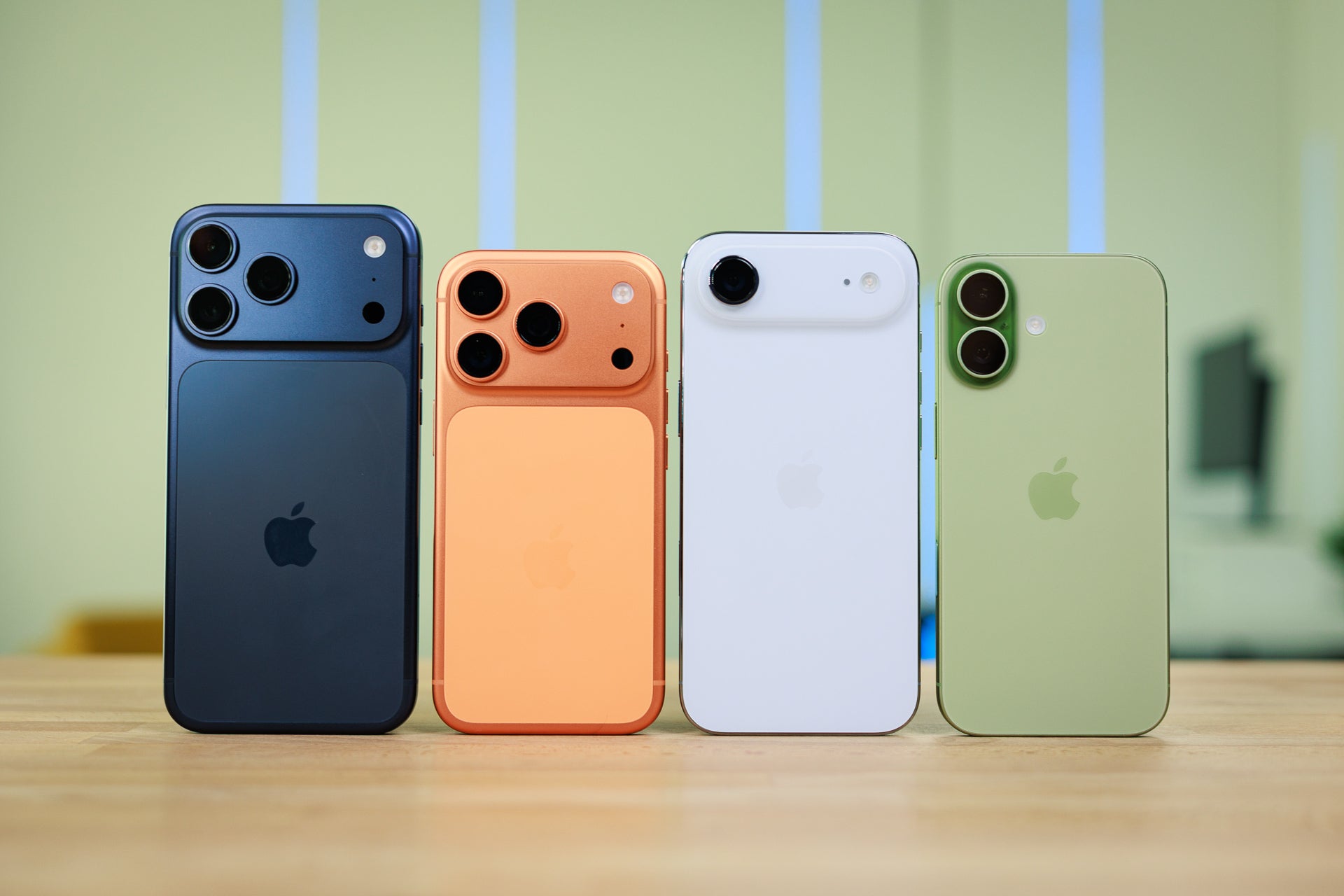

Image by PhoneArena
In short, the alleged iPhone 20 that’s due in 2027 could arrive with some fresh camera sensor technology. Well, as fresh as possible, given that we’re talking about something that debuted 2024 (and a prototype was presented in 2019) – a LOFIC sensor.
On March 18, 2024, OmniVision launched the OV50K40 sensor, the industry’s first that incorporates TheiaCel technology (which combines OmniVision’s proprietary HDR technology with LOFIC). There’s also the OV50R, and the high-end 1-inch OV50X, which all benefit from OmniVision’s technology.
Better late than never
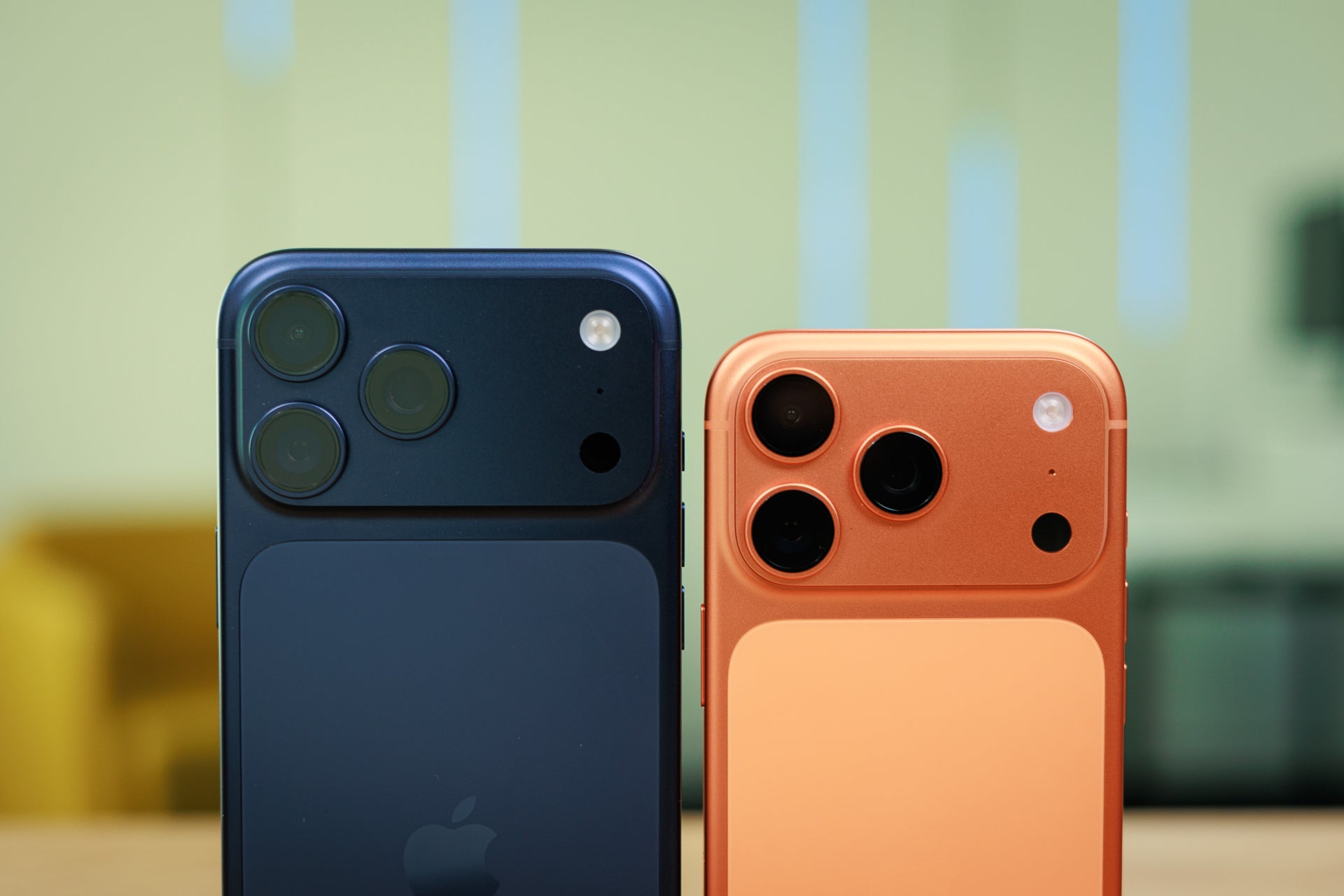

Image by PhoneArena
It’s easy to pick on Apple (and I enjoy doing it) for lagging behind numerous competitors, when it comes to camera tech. Or foldables. Or battery capacity. Or display brightness. Or anti-reflective screen capabilities. Or even AI, for that matter. Not to mention the tear-jerking prices on those things. Now, don’t get me wrong: iPhone photos can (and are) amazing, the videos – even more so. Not even the iPhone Pro models, but “vanilla” models (like the iPhone 14, for example) take great snaps and selfies.
But I find it laughable that Apple, a company which is usually in the Top 3 of the largest American companies by market cap, doesn’t offer
Because that’s the problem: there simply aren’t enough iOS devices to choose from, if you want some exotic cameras to choose from. You’ve got the vanilla model (main + ultra-wide setup), the Pro duo (same, but with a dedicated telephoto, too), some older Plus models (main + ultra-wide), SE models and the new recruits: the iPhone 16e and the iPhone Air. The last mentions in this list are not exactly what one would count as “photography wizards”…
Meanwhile, the Android camp is (almost) fully loaded and offers quadruple camera setups with two dedicated zoom snappers, cameras that offer 10x zoom, or huge 1-inch sensors. Some Android champs also bring dedicated telephoto extenders for crazy range, native 35mm focal length (instead of the much wider 23mm), 200MP sensors, variable aperture lenses, multi-spectral cameras, physically larger pixels on a sensor…
iPhones perform great (outstanding, even – in the right hands), but they kind of lack that “wow” factor when it comes to extravagant camera properties.
Hey, what’s LOFIC?
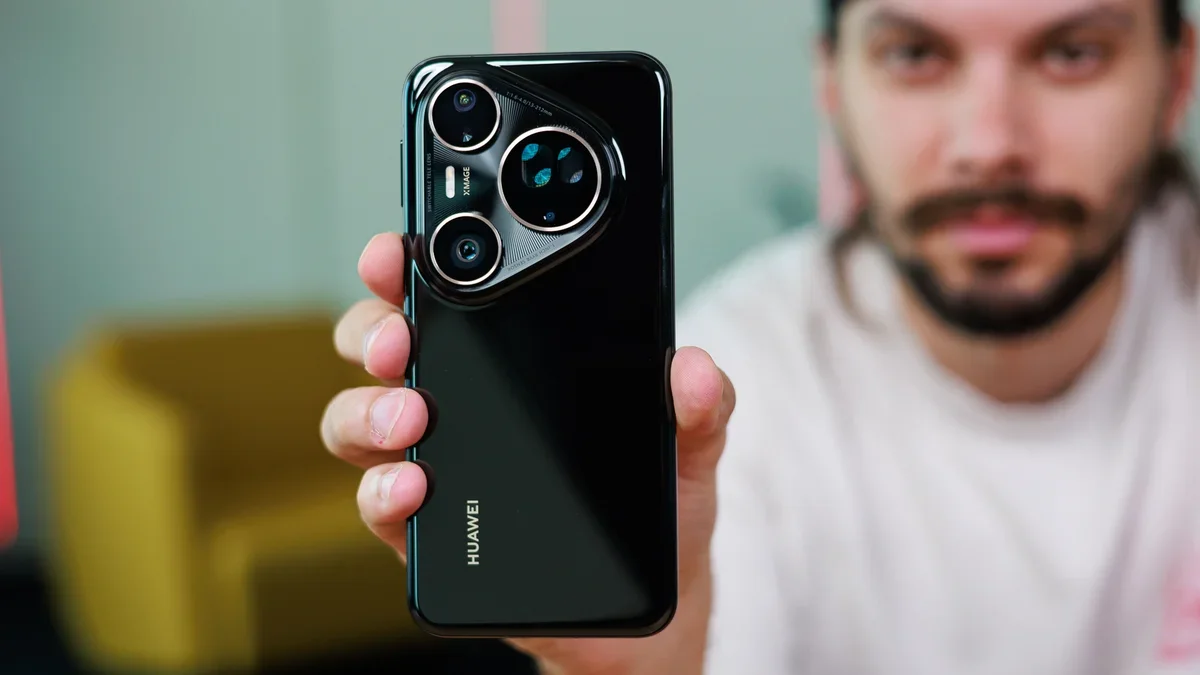

The Huawei Pura 80 Ultra a LOFIC sensor. | Image by PhoneArena
It’s time we address the aforementioned LOFIC abbreviation: it stands for lateral overflow integration capacitors, which in return means that such sensors can offer a bit wider dynamic range. And who wouldn’t want that?!
A LOFIC sensor works by giving each pixel a backup for extra light. When a pixel gets more light than it can normally handle, the extra is absorbed by a tiny built-in capacitor instead of being lost. This lets the camera capture both the brightest and darkest parts of a scene at the same time.
Thanks to this system, the sensor has a much wider dynamic range, meaning it can record more detail in shadows and highlights in a single shot. Some reports say LOFIC sensors can reach up to 20 stops of dynamic range, which is similar to what professional cinema cameras can do.
It’s especially useful in tricky lighting, like shooting in bright sun while parts of the scene are in deep shade, or indoors with bright windows. This technology helps prevent blown-out highlights and dark, muddy shadows.
In short, LOFIC acts like a safety net for each pixel, making sure your photos keep details in both the dark and bright areas.
Devices like the Xiaomi 17 Pro, the Huawei Pura 80 Ultra, and the Honor Magic 6 Ultimate already take advantage of LOFIC sensor technology.
The future holds lots of camera improvements for the iPhone
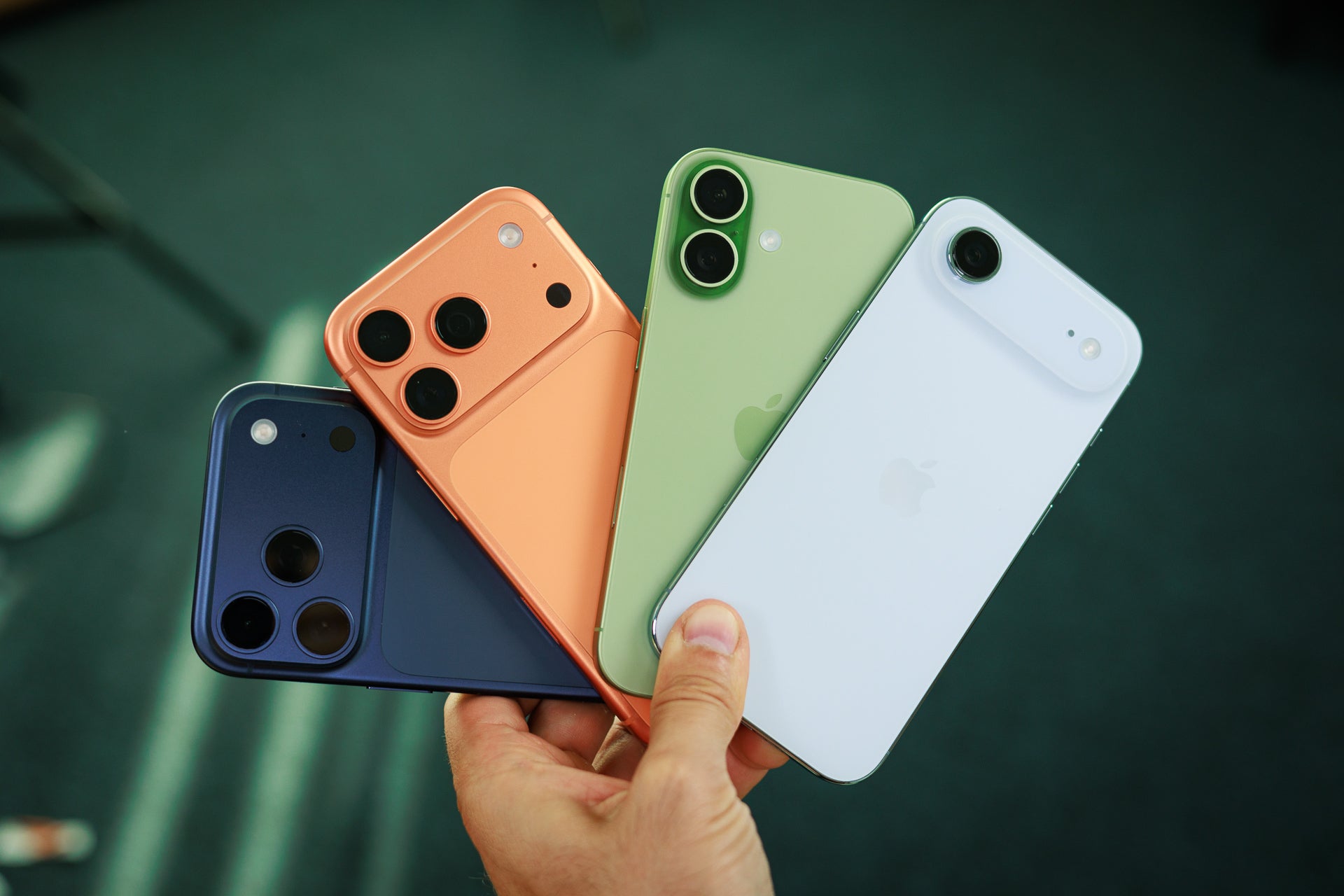

Image by PhoneArena
Variable apertures are the other stuff that might be coming in terms of camera upgrades: this enhancement could bless the iPhone 18 Pro duo as early as next September.
So far, reports suggest Apple may introduce a variable aperture on the 48MP Fusion main camera for both the iPhone 18 Pro and Pro Max, marking the first time an iPhone would allow physical adjustment of the lens opening.
This would give users further control over the exposure , enabling better low-light photos and customizable depth of field. Previous Pro models used fixed apertures, as you know. The leak also claims that both main and telephoto cameras will have larger apertures, improving overall light performance.
At the end of the day, yes: Apple is to blame here for lagging behind. And should be blamed.
But it’s cool that finally some exotic camera stuff is coming to the iPhone. Even if “finally” means two years from now and if the leak about the LOFIC sensor turns out to be true.
Let’s hope nothing changes in 24 months. Damn, that’s a long time.
#iPhone #camera #tech #board #good
